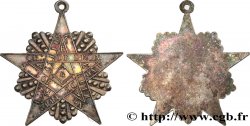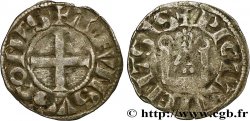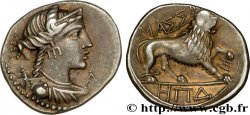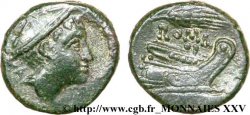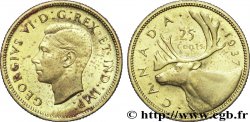fjt_1017946 - FREEMASONRY BONAPARTE 1852
170.00 €
Количество
Добавить в корзину

Тип BONAPARTE
Дата: 1852
Металл: gilt copper
Диаметр: 33 mm
Ориентация осей монеты: 12 h.
Вес: 11,52 g.
Век: lisse
Пуансон: sans poinçon
Комментарии о состоянии
Patine hétérogène avec des traces de rayures et points d’oxydation. Joli brillant de frappe encore visible
Ссылки в каталоге: :
Лицевая сторона
Аверс: легенда: (RECTANGLE REPRÉSENTANT UN PLAN SIMPLIFIÉ D’UNE LOGE) BONAPARTE / FONDEE EN 5852.
Аверс: описание: Abeille.
Обратная сторона
Реверс: легенда: JETON DE PRESENCE ***.
Реверс: Описание: Equerre et compas entrecroisés et entrelacés avec une couronne d’acacia, autour d’un G.
Комментарий
Loge de la famille impériale comptant 160 membres regroupant alors Jérôme Napoléon Bonaparte, Charles Bonaparte mais aussi les rois de Danemark et de Suède ainsi que des diplomates du monde entier. Marc Labouret nous indique que la loge repasse à 65 membres en 1862 et devient la loge de la France maçonnique. Puis s’éteindra en 1871. Marc Labouret précise à juste titre que sous la première phase du Second Empire, la Franc-maçonnerie est contrainte à la soumission, c’est la raison pour laquelle de nombreuses loges fermes. Dès 1860, les loges républicaines fleurissent à nouveau.
Lodge of the imperial family with 160 members, including Jérôme Napoléon Bonaparte, Charles Bonaparte, but also the kings of Denmark and Sweden, as well as diplomats from around the world. Marc Labouret tells us that the lodge returned to 65 members in 1862 and became the lodge of Masonic France. Then it died out in 1871. Marc Labouret rightly points out that during the first phase of the Second Empire, Freemasonry was forced into submission, which is why many lodges closed. From 1860, republican lodges flourished again.
Lodge of the imperial family with 160 members, including Jérôme Napoléon Bonaparte, Charles Bonaparte, but also the kings of Denmark and Sweden, as well as diplomats from around the world. Marc Labouret tells us that the lodge returned to 65 members in 1862 and became the lodge of Masonic France. Then it died out in 1871. Marc Labouret rightly points out that during the first phase of the Second Empire, Freemasonry was forced into submission, which is why many lodges closed. From 1860, republican lodges flourished again.








 Cообщить об ошибке
Cообщить об ошибке Распечатать страницу
Распечатать страницу Отправить мой выбор
Отправить мой выбор Задать вопрос
Задать вопрос Consign / sell
Consign / sell
 Информация
Информация